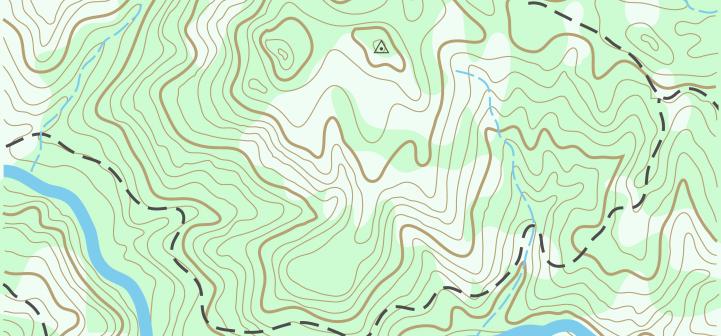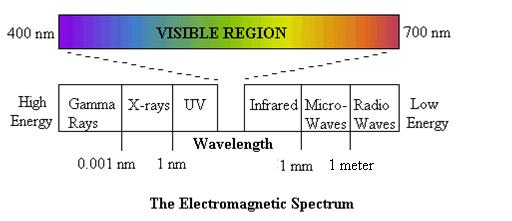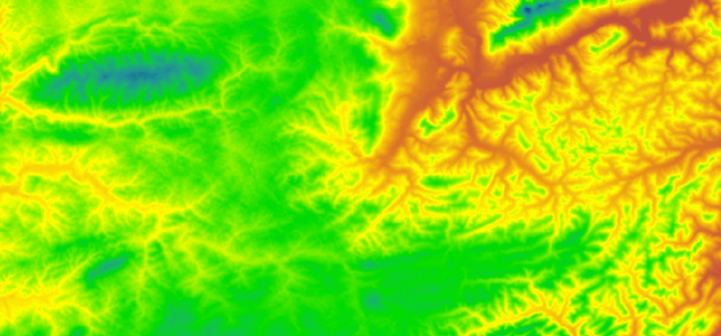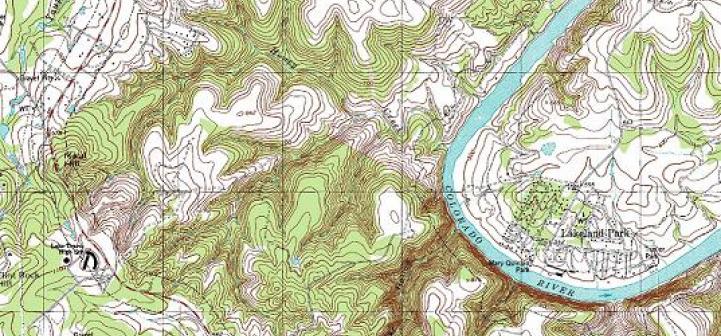Cotton Pickers

This is a two row cotton picker that
is harvesting cotton in Belle Mina, Al.
at the Tennessee Valley Research and Extension Center.

This is a six row cotton picker that
is on display at the 2007 Sunbelt Ag.
Expo. In Moultrie, Ga.
- These John Deere cotton pickers are self-propelled machines
- They remove cotton lint and seeds from the plant
- Some of these machines can pick up to six rows of cotton at a time
- There are two






